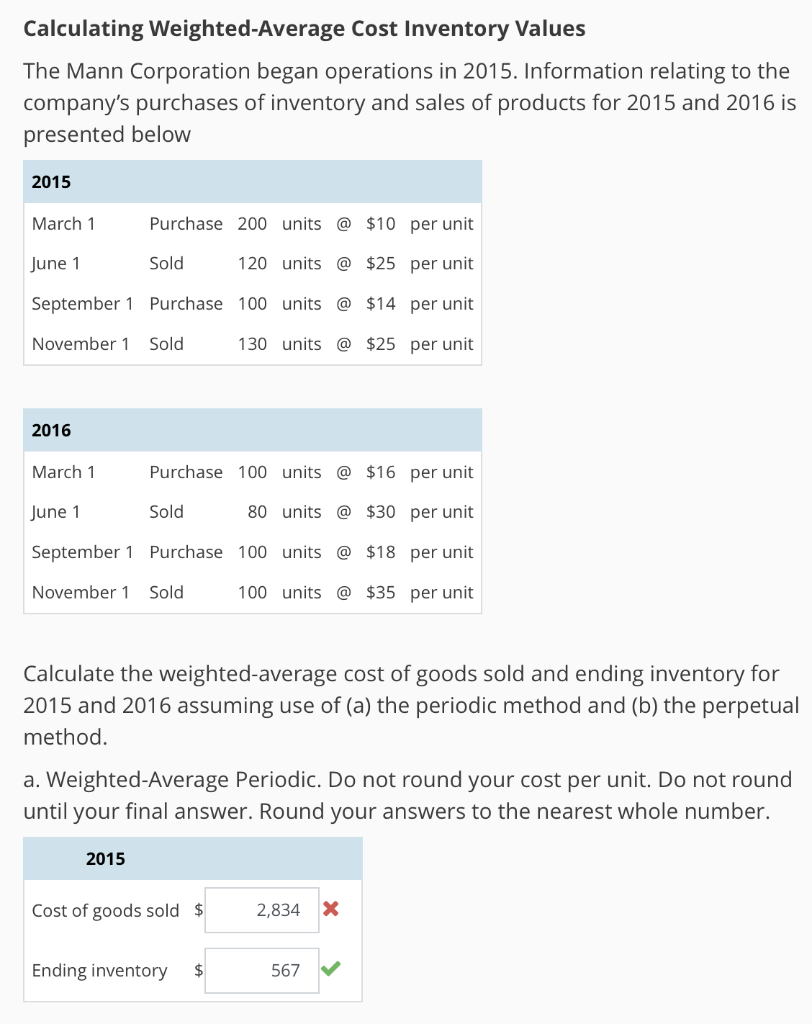

Let’s use the weighted average formula to work out his average return across all investments: Jonathan is an investor who wants to calculate his rate of return across three different investments. Put simply, a weighted average reflects the relative importance of each observed data point and is more descriptive than a simple average, smoothing out the data to enhance the accuracy. Let’s say a school want to measure students on attendance, participate and aptitude, you might want to weight the aptitude higher than the others since this is more important to determine how well the student is doing. The values can also be weighted for different reasons.

So if you were conducting a study and had enough responses from all age groups to be statistically valid, but one age group had fewer responses relative to their share of the population, you could use a weighted analysis to weight the results so it can be represented proportionally. Weighted Average AnalysisĪ weighted average is very useful to equalize the frequency of values in a data set. This is a general mathematical formula that is often used in calculating things like test results where answers have different marks available for each question, and it is commonly used in finance as well. These percentages would be used as the weights and the weighted average would be 2.2 So let’s say that 1 only occurs 20% of the time, while 2 and 3 happen 40% of the time. The weighted average formula accounts for the relevancy of each number. For example 1 + 2 + 3 divided by 3 is an average of 2. The arithmetic mean formula is the most commonly used form of simple averaging, where you add each number together and then divide the result by the total amount of numbers in the set. It’s generally more accurate than simple averaging which only assigns the same weight to each of the numbers in the set.

To calculate the weighted average, each number in the set is multiplied by a predetermined weight. Weighted average is a calculation that considers the importance of different numbers in a given data set.


 0 kommentar(er)
0 kommentar(er)
